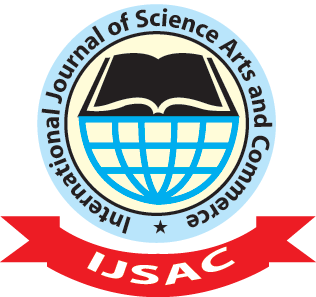ABSTRACT
The present study was carried out from 400 samples removed from the lines in commercial processing plants and slaughterhouses at different stages of CCPs such as slaughtering, flaying, empting interior, washing and colding for raw meat, selecting raw ingredients, spicing, bagging, cooking, colding and rebagging for roast beef, selecting raw ingredients such as raw meat ,raw materials and spices, blending, fermenting, making dry and bagging for sausages fermentive meat at different slaughterhouses and plants during 2009:10 to report the effect of processing steps in an effective HACCP program on microbial populations ,including Salmonella in Tehran . Salmonella was isolated from samples of chicken ,beef, veal, mutton, roast beef and sausages fermentive meat collected at slaughterhouses and plants. The isolates were characterized by biochemical reactions and serotyping. Eighty isolates of Salmonella were obtained with an overall prevalence of 20%. Seventy percent of strains (56 cases of 80 samples )were isolated in CCP2 and 30% of strains (24 cases of 80 samples ) were isolated in CCP1.During one year of HACCP implementation in this study to control Salmonella contamination overall bacterial populations decreased due to processing .In this study flaying and empting interior stages were the most important points of contamination (CCP2).
However, the national incidence of poultry product contamination with Salmonella has declined since adoption of the Hazard Analysis and Critical Control Point (HACCP) food safety program .Further reductions in carcasses contamination may require other approaches such as the adaptation of on-farm pathogen reduction strategies. This study successfully determined in processing Salmonella population, thus providing important information that can aid in developing new and effective control strategies for reducing the level and incidence of Salmonella contamination of meats in processing plants.
